The content of the article
Lingonberry is an evergreen representative from the Vereskov family. The plant consists of a creeping, horizontal root, with branched shoots reaching a height of 20 cm, dark green, shiny, curved at the edges of the leaves, up to 3 mm long and small red berries. Bushes reach a height of 15 cm. They grow throughout the Russian Federation. Mostly in moist coniferous and deciduous forests, tundra zones, and in peat bogs.
On an industrial scale, the plant is not bred, only bushes grown in the natural habitat are used.
Lingonberry is a very useful plant. Berries have a huge amount of vitamins and minerals, they are actively used in cooking, for the manufacture of sweets, marinades, fruit drinks. Lingonberry jam is a traditional Swiss treat.
The leaves and shoots of the plant are widely used in medicine in the treatment of various diseases. They are harvested in April, before the beginning of the flowering period of the plant, and in autumn, in October, after the end of fruiting. Fresh leaves are torn from the bush, dried at a temperature of + 35 ° C to + 45 ° C and stored in a dark and cool place. Shelf life of raw materials is 3 years.
In drugstores, lingonberry leaf is sold as a drug in the form of a crushed plant for the preparation of decoctions and infusions, or in filter bags used in brewing lingonberry tea.
Useful material
Lingonberry leaves contain a huge amount of a wide variety of medicinal substances and trace elements, such as:
- Arbutin is a strong anesthetic used to treat bladder diseases. In cosmetology, this chemical is used to lighten the skin. Despite the medicinal properties, this chemical element in large quantities is dangerous, and can cause severe poisoning.
- Flavonoids and tannins remove toxins from the body, trigger the regeneration of skin cells, have a disinfecting effect, and are able to quickly relieve inflammation and pain.
- Organic acids (gallic, ellagic, oxalic, tartaric, quinic) - have anti-inflammatory and diuretic properties. Gallic and ellagic are natural antioxidants; they are used to neutralize and subsequently remove free radicals from the body.
- Phenolcarboxylic acids are characterized by antipyretic, antirheumatic, anti-neurological and anti-inflammatory effects.
- B vitamins are necessary with the proper development of the body.
- Vitamin C, potassium, manganese, calcium and other micro and macro elements that make up the cells are necessary for human life.
Indications for use
Lingonberry leaves are used:
- For diseases of the genitourinary system, for the treatment of such ailments as cystitis, pyelonephritis, urolithiasis. The plant helps to eliminate pain, inflammation, has a diuretic effect. With edema and dropsy, the leaves remove excess water from the body and are used to treat nightly urinary incontinence in children.
- With joint diseases, osteochondrosis, arthritis and gout, lingonberry decoction removes inflammation, stops the destruction of articular tissue, and lowers urea.
- In the treatment of fungal and viral infections - eliminates exacerbation of chronic skin diseases such as herpes.
- With the defeat of the body by parasites, such as giardia and worms.
- To relieve symptoms caused by an overdose of drugs, in particular, antibiotics with a wide spectrum of action. The broth eliminates intoxication of the body and allergic reactions.
- For colds, the infusion is used to rinse the throat, in order to eliminate redness, and plaque from the tonsils.
- In endocrinology, in the treatment of diabetes mellitus type 2 insulin-dependent type and hypoglycemia - to regulate the amount of sugar in the blood.
- In the treatment of enterocolitis, diarrhea and gastritis - as a disinfectant, anti-inflammatory agent. Especially effective broth with staphylococcal infection. Flavonoids contained in the plant inhibit the growth of microbes, and help to cleanse the body.
- In gynecology, lingonberry leaves are prescribed for uterine bleeding of various origin, since the medicinal plant has a hemostatic and wound healing effect. Pregnant women are prescribed herbal remedies for edema, nephropathy and pyelonephritis. In addition, the vitamins contained in cranberry leaves have a beneficial effect on the general condition of the fetus, and are sources of antioxidants needed by women during the period of expectation of a child.
- With hypertension - as an excellent tool to reduce blood pressure.
- With leukemia, a herbal tea from lingonberry leaves strengthens the walls of blood vessels, enhances immunity and inhibits the growth of white blood cells.
- When cholecystitis eliminates stagnation of bile, it is used after surgical treatment.
- In dentistry, cranberry leaves are used in the treatment of stomatitis and various inflammations of the oral cavity.
- With cancer, the plant stops the growth of atypical cells.
- With bronchitis, tracheitis leaves of lingonberry contribute to thinning sputum in the lungs and its rapid elimination.
- With tuberculosis - it is used as part of general therapy to thin and withdraw sputum, increase the body's resistance.
- Tea from plant leaves is useful to increase immunity during an influenza epidemic; in addition, the drink reduces fatigue, improves performance and replenishes the supply of vitamins and minerals.
- To treat acne and various skin diseases in medical cosmetology, phytonaste is used for washing and compresses.
- For diseases of the scalp and loss of stripes - an infusion of lingonberry leaves relieves inflammation and stops the destruction of the hair bulb.
- In folk medicine, the inhabitants of the north use juice from lingonberry leaves to treat sciatica. The squeeze from the plant is rubbed into the affected areas of the body.
Prescription drugs
In medical units, tea, broth and infusion are prepared from lingonberry leaves.
To prepare herbal tea, you need to brew 1 packet of phyto-collection with 2 cups of boiling water, wrap in a warm towel and insist for 10 minutes. Optionally, add honey, mint or lemon. Apply twice a day with a decrease in immunity, chronic fatigue syndrome and colds.
Depending on the disease, decoctions of various concentrations are made:
- For gynecological diseases: 60 gr. brew the chopped plant with 1 glass of liquid, dip in a pot of water, let it boil and cook for 30 minutes. Cover the resulting mixture, wrap in a towel and leave for 2 hours. Then filter the herbal tea, and drink 100 ml twice a day before meals.
- During pregnancy: 1 teaspoon of the plant is diluted with 1 cup of hot water, placed in a water bath and brought to a boil. The mixture is cooled, filtered and held for 30 minutes. It is recommended to take 50 ml three to four times during the day under the supervision of the attending physician, since, in addition to benefit, in case of an overdose, phyto decoction increases the uterine tone.
- With joint disease, gout, gastritis, cholecystitis: 60 gr.ground leaves need to be steamed with 200 ml of liquid, and simmer in a water bath for 25 to 30 minutes stirring so that the mixture does not boil. Cool the resulting broth, filter and dilute with water to a mark of 200 ml. Drink three times a day for one third of a glass. This decoction also helps with tuberculosis, intestinal infections, leukemia and cancer.
- With stomatitis, various purulent inflammations of the oral cavity - 50 gr. Dilute the collection in 100 ml of water, put in a pot of water, cook for 25 minutes, cool, pass through a sieve and use when rinsing the mouth.
For the treatment of hair, scalp and acne, an infusion is suitable. It is made from 50 gr. raw materials steamed in an enameled pan 1 l. boiling water, and insist to cool. The infusion is suitable for washing, compresses and rinsing hair.
With prolonged phytotherapy, an overdose of the body is possible, therefore it is recommended to use the drug collection in courses of 10 to 15 days with an interval of 3 to 4 months.
Contraindications
Broths from lingonberry leaves have the ability to leach calcium from the body, so when taking the drug, it is recommended to monitor the condition of the teeth.
In addition, it is forbidden to use lingonberry leaves for:
- breastfeeding;
- children under the age of 18;
- acute renal failure;
- with heart diseases associated with heart rhythm disturbance;
- individual intolerance to a medicinal plant;
- peptic ulcer of the stomach and duodenum, various bleeding from the gastrointestinal tract;
- gastritis with high acidity;
- with a decrease in blood pressure;
- varicose veins, thrombosis in the vessels;
- propensity to internal bleeding, various typologies.
Drinks from lingonberry leaves should be taken strictly as directed and under the supervision of a doctor. Arbutin contained in the plant, in case of an overdose, can cause severe intoxication.
Video: medicinal properties of lingonberry leaves



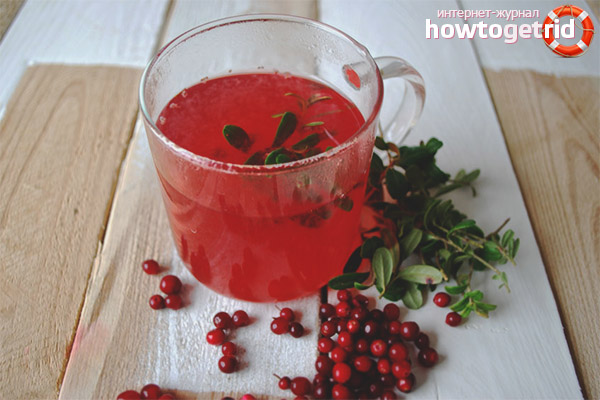
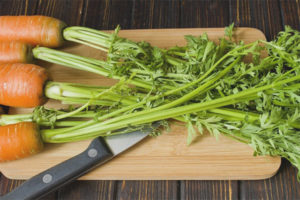
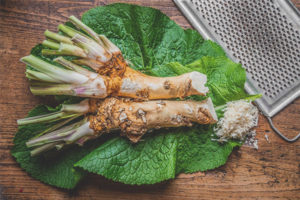
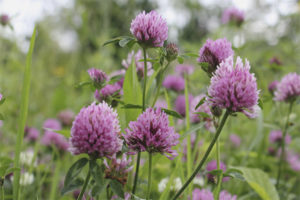
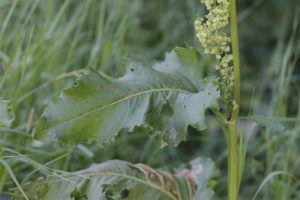
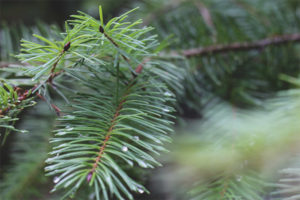
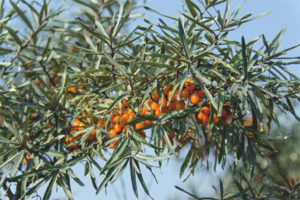
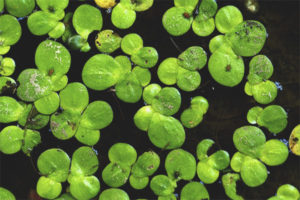
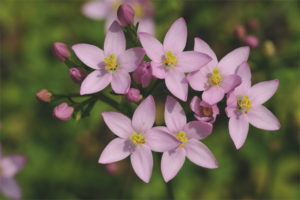
Submit